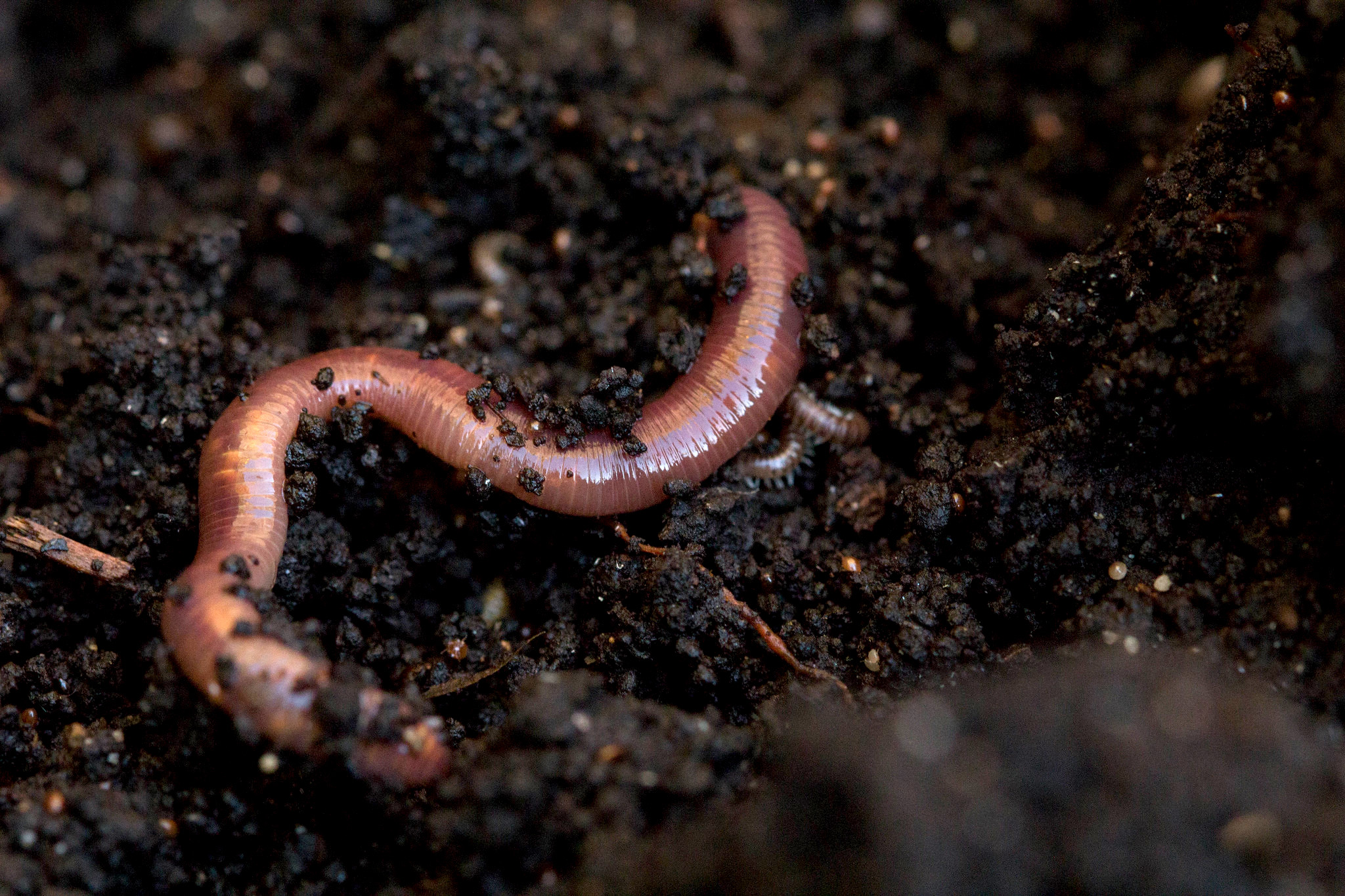How To Turn Your Hard Soil Into
Hard soil can be a major obstacle to gardening. It's difficult to dig in, it doesn't hold water well, and it doesn't provide much in the way of nutrients for plants. But don't despair! There are a number of things you can do to turn your hard soil into something that your plants will love.
In this blog post, we'll discuss the causes of hard soil, the problems it can cause, and how to improve it. We'll also provide some tips on how to choose the right amendments for your soil and how to apply them properly.
What Causes Hard Soil?
There are a number of factors that can contribute to hard soil. These include:
- Compacted soil: This is the most common cause of hard soil. It happens when soil particles are pressed together so tightly that there's no room for air or water. Compacted soil can be caused by foot traffic, heavy machinery, or even just regular tilling.
- Clay soil: Clay soils are naturally heavy and dense. They can be difficult to dig in and they don't drain well.
- Low organic matter content: Organic matter helps to loosen soil and improve drainage. If your soil has a low organic matter content, it's likely to be hard.
What Problems Does Hard Soil Cause?
Hard soil can cause a number of problems for plants, including:
- Poor drainage: Hard soil doesn't drain well, which can lead to waterlogging and root rot.
- Poor aeration: Hard soil doesn't have enough air, which can stunt plant growth.
- Low nutrient content: Hard soil doesn't hold nutrients well, which means plants have to work harder to get the nutrients they need.
How to Improve Hard Soil
There are a number of things you can do to improve hard soil. These include:
- Add organic matter: Organic matter helps to loosen soil and improve drainage. You can add organic matter to your soil by composting, adding manure, or mulching.
- Aerate the soil: Aeration helps to break up compacted soil and improve drainage. You can aerate your soil with a manual aerator or a power aerator.
- Plant cover crops: Cover crops help to improve soil structure and reduce compaction. You can plant cover crops in the fall or spring.
- Water deeply and infrequently: Deep watering helps to loosen soil and improve drainage. Water your plants deeply, but not too often.
Choosing the Right Amendments
There are a number of different amendments that you can add to hard soil. The best amendment for your soil will depend on the specific type of soil you have and the problems you're trying to address.
Some common amendments for hard soil include:
- Compost: Compost is a great all-purpose amendment that helps to improve soil structure, drainage, and nutrient content.
- Manure: Manure is another great amendment that provides nutrients and helps to loosen soil.
- Leaf mold: Leaf mold is a lightweight amendment that helps to improve drainage and aeration.
- Sand: Sand can be added to clay soils to improve drainage.
Applying Amendments
The best way to apply amendments to hard soil will depend on the specific amendment you're using. However, there are some general guidelines that you can follow.
- Add amendments to the top 6-8 inches of soil.
- Work the amendments into the soil with a shovel or tiller.
- Water the soil thoroughly after applying amendments.
Conclusion
Improving hard soil takes time and effort, but it's worth it in the long run. By following the tips in this blog post, you can turn your hard soil into something that your plants will love.
If you have hard soil in your garden, you're not alone. Hard soil can make it difficult for plants to grow, as it doesn't allow water and nutrients to reach the roots. But there's good news! There are a number of things you can do to amend hard soil and make it more hospitable to plants.
One of the best ways to amend hard soil is to add organic matter. Organic matter, such as compost, manure, and leaf mold, helps to loosen the soil and improve its drainage. It also adds nutrients to the soil, which helps plants to grow healthy and strong.
Another way to amend hard soil is to till it. Tilling breaks up the soil and helps to incorporate organic matter. However, it's important to note that tilling can also damage the soil structure, so it's important to do it carefully.
If you're not sure how to amend hard soil, there are a number of resources available to help you. One great resource is the website Garden Wiki. This website provides detailed information on how to amend hard soil, as well as tips on choosing the right amendments for your soil type.
Image of amending hard soil
- Image 1: A pile of compost being spread on top of hard soil.

- Image 2: A person digging up hard soil and adding organic matter, such as leaves or manure.

- Image 3: A close-up of earthworms crawling in the soil, which help to improve drainage and aeration.

- Image 4: A sprinkler system watering the amended soil, which helps to break up the hardpan and promote root growth.

- Image 5: A thriving garden bed that has been amended with compost and other organic matter.

Post a Comment for "How To Turn Your Hard Soil Into"